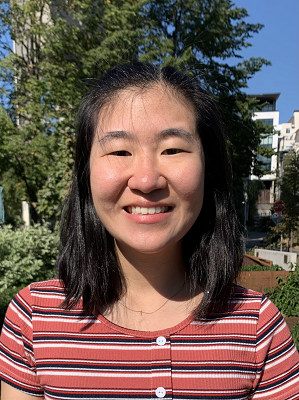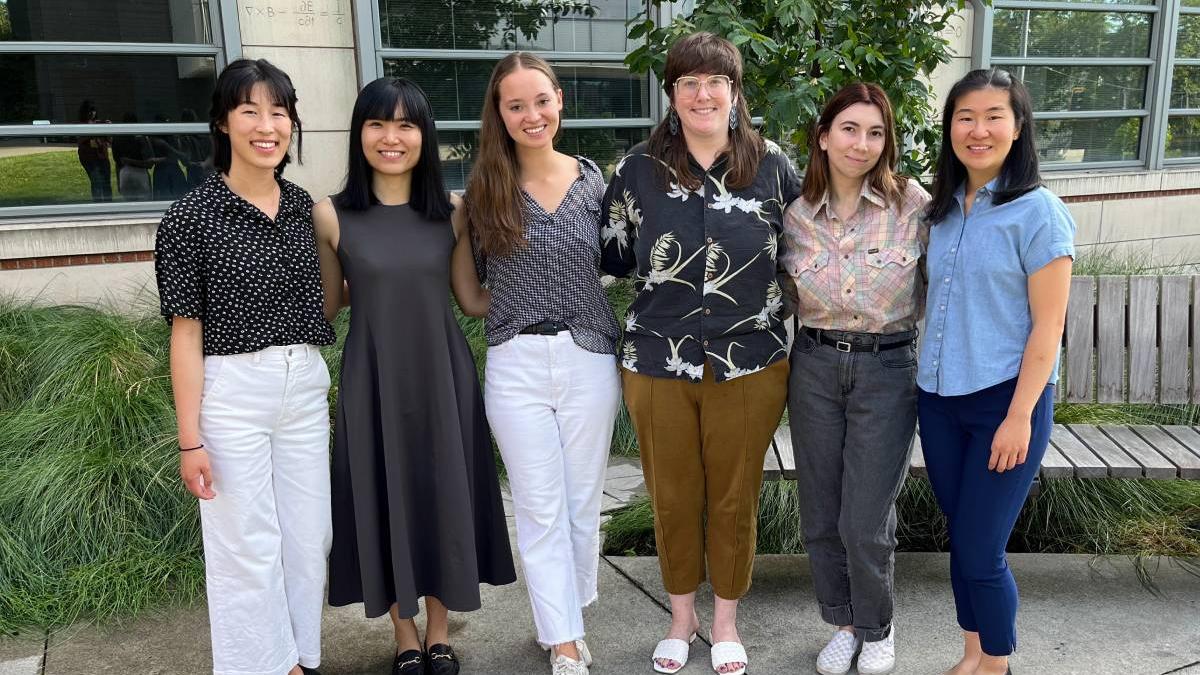Migration to King County has grown over the years, in part due to the boom of the tech sector. As housing prices have risen, public health researchers want to know how this has affected internal displacement within the county, especially for low-income households.

The University of Washington’s Population Health Initiative (PHI) has been providing opportunities for students to answer some of these questions about migration in King County through its annual Applied Research Fellowship program, which brings in a cohort of students every year to conduct research and provide findings from their work to county health officials. Through this work, students can support local public health officials’ needs for assessing data that can be helpful for understanding migration patterns and informing policies in the county.
In 2023, five fellows across the university brought their interdisciplinary expertise to these issues, including three public health students: Master of Public Health (MPH) student Pamela Lim and Public Health-Global Health undergraduates Tiffany Childs and Lily Bates. They collaborated with Zhaowen Guo, a doctoral candidate in political science, and Rachel Song, a doctoral candidate in psychology.
“We need to know where people are going and why people are going there because we know that where you live and who you live with is a social determinant of health,” said Bates of this project. “We know that living in certain neighborhoods can tell you if you have a lower life expectancy based on your zip code. It's important to reliably see where people are moving in order to make policy decisions on the county level.”
Coding, demography, redlining and more
MPH student Pamela Lim, who is earning dual master’s degrees in environmental and occupational health sciences and urban planning, used the fellowship experience as the basis for her practicum, a project-based learning experience required for the MPH. Lim will be presenting the findings of the team’s work at this year’s School of Public Health MPH Practicum Symposium on April 17, alongside over 100 other MPH students.
One of the important lessons for the students was how vital interdisciplinary collaboration is to addressing public health problems. For the fellowship, the five students learned from each other and their fellowship supervisor, Jessica Godwin, statistical demographer and training director at the Center for Studies in Demography and Ecology.
The fellows gathered for 10 weeks to learn coding and demography. They also did readings on topics like the history of redlining in Seattle. They then split into teams to explore how to use novel data systems to understand migration patterns.
Assessing environmental health across neighborhoods
Public Health – Seattle & King County asked the fellows to assess the utility of a database purchased by UW Libraries for measuring internal migration within King County.
The fellows also used more common data sources to understand migration and neighborhoods, such as the Online Rental Listings, the American Community Survey, and other public data sources from the King County Assessor’s Office, King County Metro, Sound Transit, school sites, school districts and data on environmental exposure from the Washington Environmental Health Disparities Map.
The fellows not only looked for migration patterns, but also wanted to learn more about the neighborhoods people moved to and from. Lim looked at some of these factors, such as environmental health pollutants, public transportation access, the amount of green space or whether the neighborhood was in a flood zone.
“Migration and displacement have a lot of health implications and are rooted in the way a city is structured,” Lim said. “This project was really attractive to me because when thinking about health equity in the county, we should think about people who are being pushed out of areas that have benefits to them and have to move to places that have fewer resources.”
Adapted from the original post here.




